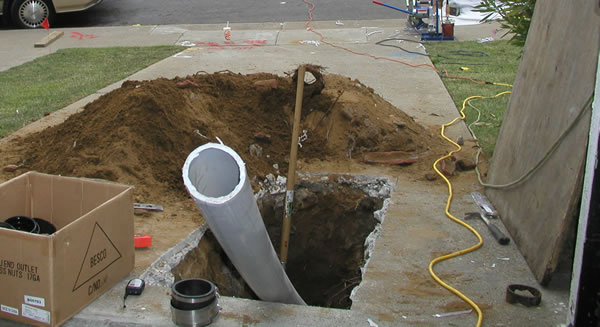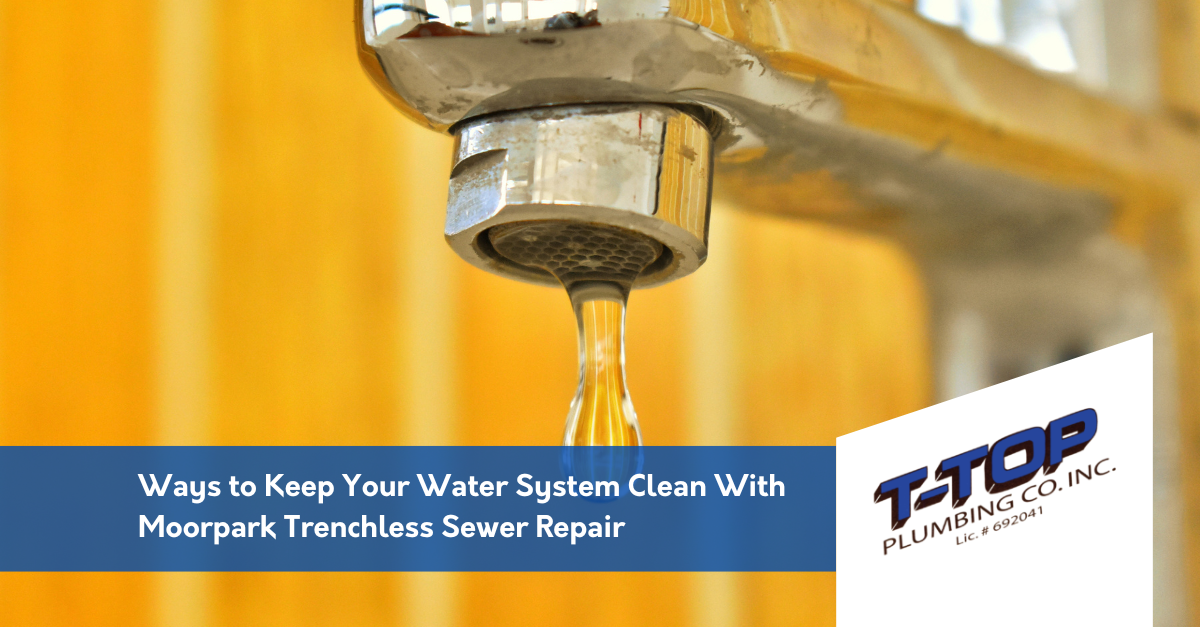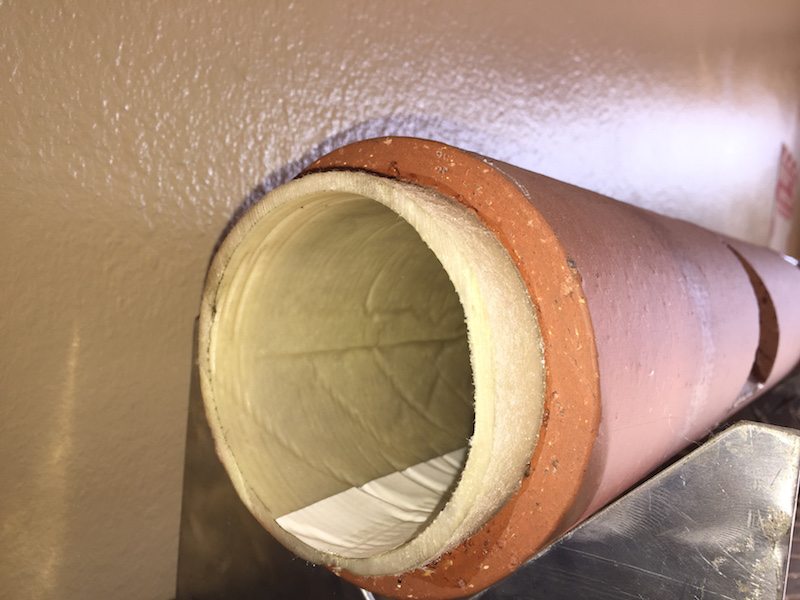Sewer lines fail us over time. We don’t think about it until there’s a nasty drain backup. But sewer lines are susceptible to a slew of issues ranging from holes, cracks, and leaks to corrosion, tree-root infiltration, and partial or complete collapse. When you call a local plumber for sewer line repair they will typically recommend one of two options.
Traditional Sewer Repair
Anytime someone hears the word “sewer repair” images of large dugout trenches, backhoes, and torn up landscaping or hardscaping come to mind. This is because the traditional method of sewer line repair is all about digging a trench the entire length of the sewer line in need of repair. And then removing and replacing that section of pipe.
Property owners like to see work in progress. Especially when they’re spending thousands of dollars. Being able to visually inspect or be shown the work completed also gives them peace of mind that the pipeline has been repaired and positioned properly.
While traditional sewer line repair may still sometimes be the best solution to a sewer line that’s clogged, leaking, and partially or completely collapsed, it is neither the neatest or most cost-effective. Given that most sewer lines run beneath your yard and sometimes underneath a sidewalk, driveway, or garage, there can be some substantial extra costs anytime a project involves excavation. These costs can be anything from repairing or replacing landscaping to regain lost curb appeal or needing new concrete or asphalt to repair a sidewalk, driveway, or garage floor.
This is why trenchless sewer line repair has become the preferred choice for many homeowners or commercial property owners. But how does it work?
Types of Trenchless Sewer Line Repair
There are two primary types of trenchless sewer line repair. Pipe bursting and trenchless pipelining.
Pipe Bursting
This process uses a bursting head to break apart the original sewer line. Two small holes are dug into the beginning and end of the pipe. These holes enable access to the existing sewer line.
A bursting head then gets pushed through the existing pipeline. As it pushes forward, the bursting head busts up the old compromised sewer pipe. Pushing fragments of the broken apart old pipe away from the area. Making way for the simultaneous placement of new piping.
Pipelining
Trenchless pipelining involves felt or fiberglass pipeliner being soaked in an epoxy resin and then threaded into the existing sewer pipe. These resins come into full contact with the faulty or compromised pipe. The liner is continuously run the full length of the pipe. Once in place, a calibration tube inside of it is inflated. The pressure from the inflation is sufficient enough to compress the liner against the pipe being repaired. This creates a 100% watertight seal to plug any holes, cracks, or splits within the pipe. The resins are then hardened during a curing process that can take anywhere from 3 to 24 hours. Once the curing process is finished, the calibration tube is deflated and removed. This basically leaves a new pipe within the old pipe.
This process, often referred to as CIPP (Cured-in-Place-Pipe) lining is preferable to merely having sections of a broken pipe lined. This is because it involves a full-length structural repair. Not only is it a more thorough repair, but it’s also a much quicker process than traditional sewer line repair, with little to no digging, and a longer-lasting fix. Since there’s rarely any need for landscaping or asphalt/concrete repair/replacement afterward, as well as no need for additional sewer line repairs for up to 50 to 100 years, it’s also the most cost-effective sewer repair solution.
WOULD YOU LIKE TO LEARN MORE ABOUT OUR LOS ANGELES TRENCHLESS SEWER LINE REPAIR?
The T-Top Plumbing Company has certified pipelining technicians and experienced sewer line repair professionals available for any type of repair or replacement. For a free estimate, contact us today (805) 527-8867 or fill out our online contact form to schedule a visit.





